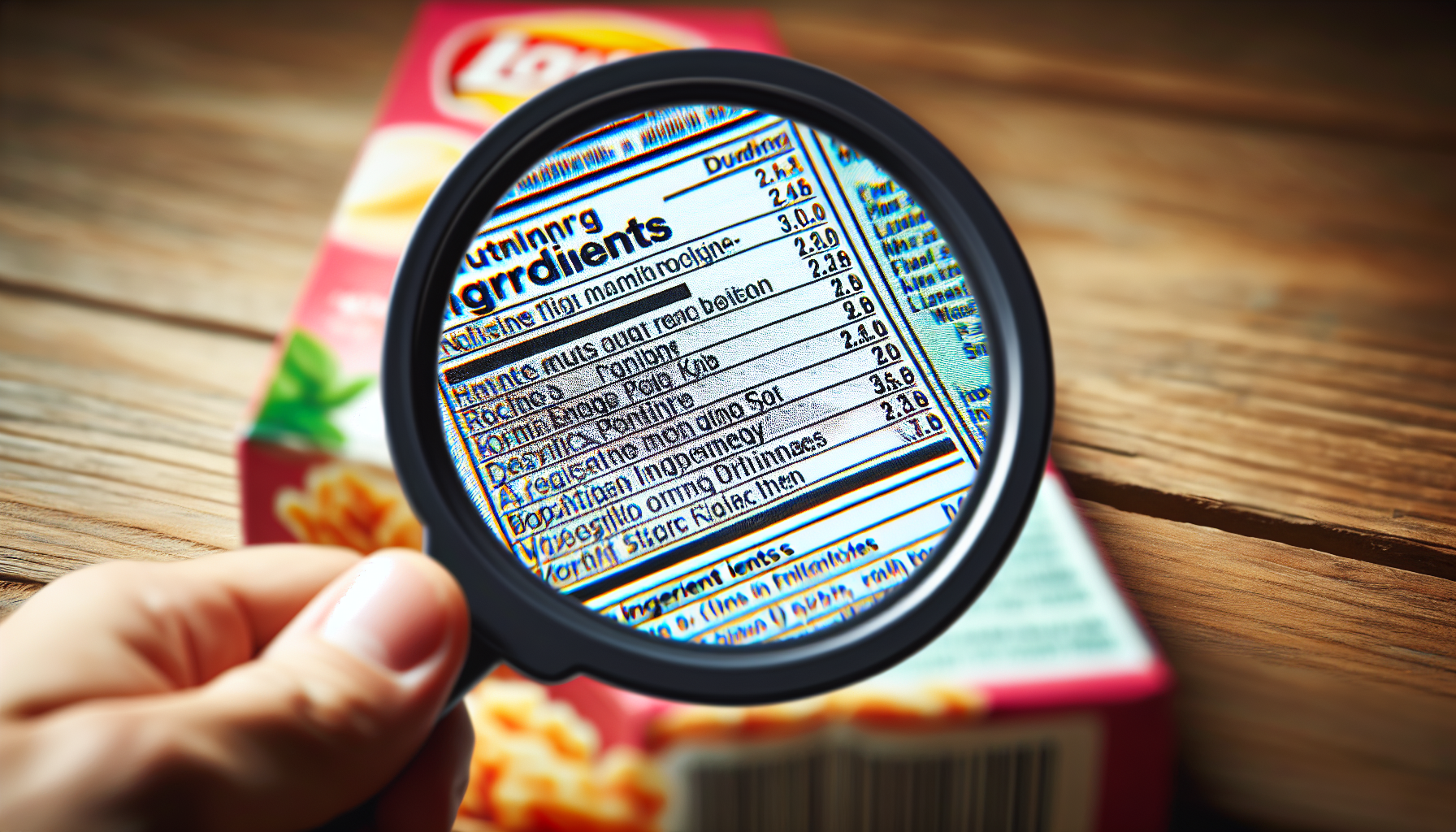Nutrition labels are the unsung heroes of health-conscious shopping, offering a wealth of information that empowers us to make informed dietary choices. They may appear intimidating at first, but with a little guidance, anyone can become a savvy label reader. This guide aims to simplify the process of understanding nutrition labels so you can enhance your health journey.
The Basics of Nutrition Labels
All packaged foods in the U.S. are required to have a nutrition label. These labels provide critical information about the contents of the food, including serving size, calories, and nutrient quantities. While the layout may differ slightly from country to country, most nutrition labels will cover the same essential areas.
Serving Size: The Foundation of the Label
The serving size is perhaps the most crucial part of the nutrition label. It sets the standard for all the nutrient amounts listed. Misunderstanding serving size can lead to inaccurate assumptions about calorie and nutrient intake. For instance, if a serving size is listed as half a cup, and you consume a full cup, you are actually taking in double the calories and nutrients specified.
Calories: Energy In, Energy Out
Calories measure the amount of energy a food provides. Understanding calories is vital for managing weight, as consuming more calories than your body needs can lead to weight gain. Nutrition labels display calories per serving, and it’s helpful to know your daily caloric needs depending on your lifestyle and goals.
Macronutrients: Carbohydrates, Proteins, and Fats
-
Carbohydrates: Often divided into total carbohydrates, dietary fiber, sugars, and sometimes added sugars. It's beneficial to choose foods with higher fiber and lower added sugar for sustained energy and improved digestion.
-
Proteins: Essential for building and repairing tissues, proteins can be found in various kinds of food, such as meats, dairy, and legumes. Check the label to ensure that your diet includes enough protein, especially if you have increased physical activity levels.
-
Fats: Total fats are broken down into saturated, unsaturated, and sometimes trans fats. Aim to limit saturated and trans fats, which can contribute to heart disease, while including unsaturated fats found in nuts, fish, and oils for a heart-healthy diet.
Micronutrients: Vitamins and Minerals
Nutrition labels often include information about key vitamins and minerals such as Vitamin D, calcium, iron, and potassium. These nutrients are essential for various bodily functions, and the label will show their contribution to your daily values. Look for foods that are significant sources of these nutrients to ensure you're meeting your dietary needs.
Percent Daily Values (%DV)
The %DV tells you how much a nutrient in a serving contributes to a daily diet based on a 2,000-calorie-per-day diet. It offers a quick glance at whether a food is high or low in nutrients. A %DV of 5% or less is considered low, while 20% or more is considered high. This can be especially useful when you're managing nutrient intake for specific health conditions.
Ingredient List: Beyond the Numbers
Often overlooked, the ingredient list provides insight into the components that make up a packaged food item. Ingredients are listed by quantity, from highest to lowest. This means the first few ingredients are those present in the largest amounts. Aim to purchase products with whole foods and minimal additives listed at the top.
Making Informed Decisions
Reading and understanding nutrition labels is a skill that can improve over time. By comparing different products' labels, you can make healthier choices that align with your dietary goals. Whether you're aiming to lose weight, manage a health condition, or simply improve your overall health, mastering the art of label reading is an invaluable tool.
Conclusion
Nutrition labels are a gateway to better eating habits and a healthier lifestyle. By understanding the key components—serving size, calories, macronutrients, micronutrients, %DV, and the ingredient list—you can take control of your dietary choices. This newfound knowledge enables you to navigate the grocery aisles with confidence, ensuring that every purchase contributes positively to your health. With practice, label reading becomes second nature, transforming you into a true food detective on the path to optimum health.
